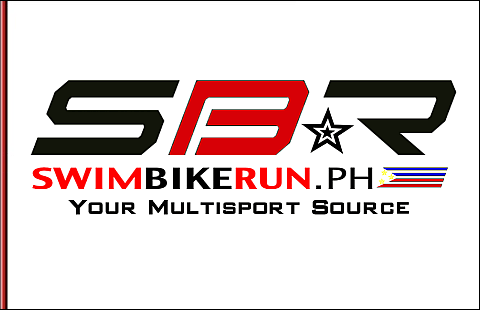Hyponatremia: Salt & Water Intake Mistakes

We all heard about dehydration, but what about hyponatremia? ironguides Coach Jono Rumbelow takes a look at hyponatremia, a dangerous condition that results from mistakes in the intake of salt & water. Endurance athletes are especially at risk as the temperature increases, both on race day and in training.
It wasn’t that long ago that the world went crazy and accused food manufacturers of adding “too much” salt to their foods. Health organizations around the world said that high salt intakes were linked to a number of health issues, one of which was high blood pressure.
As with everything new, the chance to make money presented itself and soon products of every form hit the shelves of supermarkets that were either “low salt” or “salt free”. But how justified were these claims?
Your body needs salt to function (read my previous article on salt). Thousands of people sweat more than normal and a thin crusty layer of—yes—salt is left on our bodies. It not the most flattering look in the world but hey, you were exercising and that’s more important.
The genius mechanism that is our body is able to maintain a finely tuned balance of salt and water when exposed to all the silly things we do in our lives … like Ironmans (he he he).
Nutrition during races is vital and unless you have trained with the products you use in a race, you place your body under even more stress, indeed more stress than needed. When you have the right solution, you should have, by default, the right mix of water, salt, electrolytes and all the other nutrients we need to race competitively.
However, we invariably get it wrong when the heat rises. Why? Because we all train at about 5am or 6am, a time that most races have not even started. Instead of sleeping in late on a Saturday or Sunday, and in turn allowing our other half to do so too, we fail to adjust our nutrition and hydration as we never tested it during training in the heat. As a result, when we race on hot days we tend to over-hydrate which can lead to hyponatremia.
Hyponatremia means that there is a low concentration of sodium in the blood. It typically happens in endurance athletes when the heat has been “turned up”—but it can happen at any time. We worry so much about dehydration, yet all the studies show that as much as the top 30 percent of athletes in most endurance events are dehydrated.
So don’t get me wrong; I’m not saying here that you shouldn’t drink—I’m saying you need to get this right from the word go.
To explain hyponatremia to you in scientific terms would take us until Christmas 2040.
Simply put, it’s when you replace body fluids lost with just water, while the rest of your nutrition is seriously lacking in salt. Your body will soak up the water quite easily, especially if it is cold, but forget the salt and “Houston, we have a problem.”
The nutrients we consume end up in our blood stream, which feeds our muscles that are hard at work. A combination of too much water and too little salt results in the dilution of the sodium levels in our body. You see, more salt is lost in sweat per hour than is usually replaced by food and fluids, including sports drinks, when the temperature is more than we can handle.
Your body can tolerate a degree of imbalance for a short period of time, but it may decompensate if it continues for too long. Sweat contains between 2.25 to 3.4 grams of salt per litre, and the rate of perspiration in a long, hot race can easily average 1 litre per hour. So, for a 12-hour race, an athlete could lose about 27 to 41 grams of salt. If the athlete replaces only the lost water and has a minimal salt intake, hyponatremia could result.
This is a situation you want to avoid, for sure.
For those of you who think that it’s OK to take all those “anti-inflammatory” tablets (which I am totally against, by the way) to help with the pain during the run, just remember that these interfere with kidney function and this can increase the chances of you getting hyponatremia.
Signs can be anything from mild to severe; they include nausea, muscle cramps, disorientation, slurred speech, confusion, and inappropriate behaviour. As it progresses, victims may experience seizures or coma, and death can occur. Severe hyponatremia is a true medical emergency.
It cannot be stressed enough that you have got to know what your needs are prior to race day. Rehearse your hydration, feeding, and salt strategy during your training sessions. There are so many variations between individuals that there is no single right answer. Know what your body’s needs are.
A few simple general guidelines:
• Drink frequently to attempt to stay hydrated.
• During a long, hot race, aim for a total sodium intake of about 1 gram per hour, as recommended by Doug Hiller, M.D., from experience with the Hawaii Ironman. Please note that this may not be appropriate for everyone.
• During training, heat acclimatization, and for several days leading up to a big race make sure that you increase salt intake by 10-25 grams per day.
• Sodium is also important for recovery.
• Avoid aspirin, ibuprofen, or other anti-inflammatory tablets at all costs.
• Check with your doctor if you have any health problems.
Enjoy your training!
Jono Rumbelow, Certified ironguides Method Coach – South Africa
www.ironguides.net
* * * Your best is our business.™ * * *










